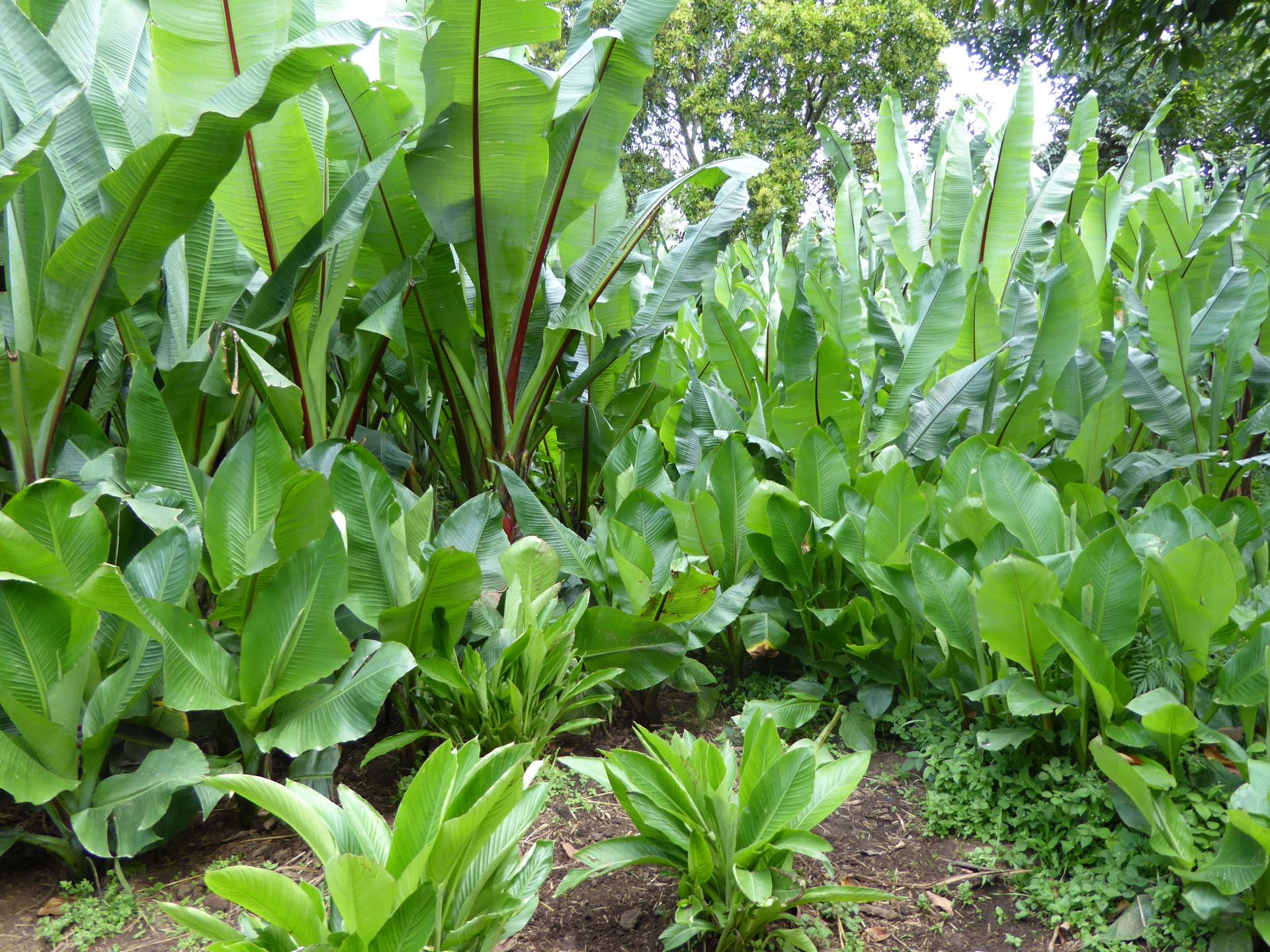From the Field Enset farming in Ethiopia: explained by smallholder farmers

Researchers of The Alliance of Bioversity International and CIAT, the Hawassa University, the Southern Agricultural Research Institute in Hawassa, and BlueGreen Labs led an extensive survey across the main enset-growing belt in the Ethiopian highlands.
375 enset-farming households in 20 communities were interviewed to gain insight into multiple aspects of these enset farms, from socio-economical differences, to crop diversification, the specifics of enset cultivation, management and uses, and the challenges pertaining enset production. The results from this survey have been published in three individual articles.
Have you heard of the enset crop?
Enset is a crop solely cultivated in the Ethiopian highlands, and mostly unknown outside of Ethiopia. Grown by smallholder subsistence farmers, it is a staple starch food for ~20 million people. The enset plant looks similar to a banana plant, but is not grown for its fruits. Rather, the plants’ underground corm and pseudostem base are processed into porridge and bread.
Image 1: Enset plants (in the back) grown on a subsistence farm. Picture by Guy Blomme.
Enset: A staple crop supporting subsistence households
Enset-farming households rely on enset as a staple or a co-staple in combination with maize, wheat, barley, teff and to a lesser extent tubers and legumes. The co-staples grown on a farm varied mainly with altitude, according to the productive cultivation boundaries of the selected crops.
The considerable food crop diversity cultivated on the enset-based farms, with an average of 6.4 different food crop species on a farm, combined with livestock rearing, are key for the self-reliance of these Ethiopian communities. Most households will buy no or only few additional food products, and rely on the crops and livestock maintained on their farm to feed the family.
Enset is a criticial food source. All visited enset-growing households consumed enset-derived products at two or three of their daily meals.
Image 2: Processing of the enset corm and pseudostem for food products. Picture by Guy Blomme.
Enset: A diverse crop
A large number of enset landraces are cultivated across the Ethiopian highlands. Across the surveyed area, a total of 296 enset landraces were recorded on the farms.
Enset landraces can have a different outward appearance, from multiple shades of green to purple leaves. Interestingly, different landraces have varying ranges of environmental and agro-ecological conditions in which they grow best. Several are reported to cope well with environmental stresses and biotic constraints. For example, some landraces are more resilient to drought, while others are tolerant to specific crop diseases.
By planting a variety of enset landraces, the farmer is more protected from crop failure if extreme events occur, providing food security for the household and the community.
Image 3: Various enset landraces with green and purple leaves. Picture by Guy Blomme.
Disease affecting its production
The most severe disease affecting enset is Xanthomonas wilt, a bacterial wilt which causes permanent wilting and eventual death of the plant. 70% of the interviewed farmers have at one time had to deal with the disease.
Cultivation of enset to maturity takes a long time, on average up to 5 or 6 years. The disease can hence have a significant impact, especially if older plants are affected. Crops lost to Xanthomonas wilt represent a major loss in effort and resources, besides the ultimate loss of yield.
Image 4: An enset plant affected by Xanthomonas wilt. Picture by Guy Blomme.
Farmers can implement specific disease management practices [such as uprooting of affected plants and tool sterilization], which will stop the transmission of the bacteria to healthy plants and to healthy neighboring farms. In addition, some enset landraces are tolerant to the disease, and affected plants often recover from an infection.
Enset is also increasingly affected by the enset root mealybug and nematodes. Boiling water treatment of enset planting materials should be widely advocated.
The survey clearly identified the importance of training on disease management by extension services. Trained farmers had a clear understanding of how to prevent the disease from spreading, and achieved good results in controlling the disease when it did occur.


